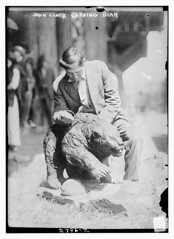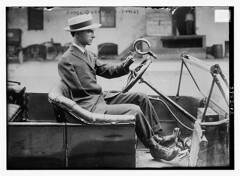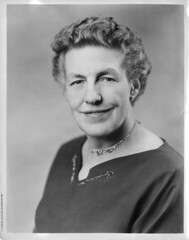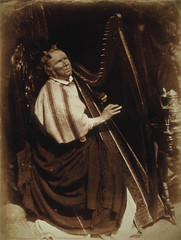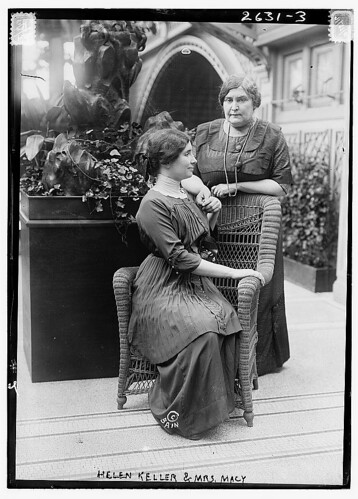 [Image description: a daguerreotype photograph of Phineas Gage, framed in gold; he's holding the iron rod that injured his skull. Gage is facing the camera, is dressed in a suit and cleanshaven; he has combed, dark hair and one closed eyelid.]
[Image description: a daguerreotype photograph of Phineas Gage, framed in gold; he's holding the iron rod that injured his skull. Gage is facing the camera, is dressed in a suit and cleanshaven; he has combed, dark hair and one closed eyelid.]
On this date in 1848, a 25-year-old railroad worker named
Phineas Gage was injured in an accident on the job, outside Cavendish, Vermont. An iron rod that was about three-and-a-half feet long and a little more than thirteen pounds in weight was driven through Gage's head in an explosion. It went up through his cheek and out the top of his head. Gage survived both the accident and the treatment he received for his injuries. He died almost twelve years later, age 36, in California.
Those are the bare facts. But the legends surrounding Phineas Gage are more elaborate. Maybe you ran into the name in a freshman psych class, or on a television hospital drama. Maybe it was accompanied by the explanation that the survival of Gage encouraged the development of neurosurgery as a discipline, or maybe you heard that his demeanor changed so dramatically after the accident that it revolutionized thinking about the organic basis of personality.
Well, not so much. Turns out, nobody really knows much for certain about Gage's personality changes--the main source on that element of the story was compiled years after his death, mostly from his mother's decades-old recollections. And neurosurgery and theories about the organic basis of personality developed from many sources; the Gage story may have made a good illustration of the latter, but it wasn't really a spur to such theorizing. The fabulations around Gage were noticed almost as soon as they began. Scottish neurologist
David Ferrier commented in 1877:
In investigating reports on diseases and injuries of the brain, I am constantly amazed at the inexactitude and distortion to which they are subject by men who have some pet theory to support. The facts suffer so frightfully.
Gage recovered impressively from his brain and skull injuries--though he lost the use of an eye, and had some significant scars, of course. His skull's shape was changed, so much so that a plaster cast was made of his head for exhibition purposes. Gage also made some public appearances, so great was the curiosity surrounding his story. In time, the sensation died off, and he went to work as a coach driver in Chile for a period of years. Ill-health sent him to San Francisco to live with his mother and sister; he died there in May of 1860, age 36, after several months of experiencing severe convulsions. Six years later, his mother gave permission for Gage's skull to be displayed with the infamous rod in
an anatomical museum at Harvard, where they remain to be seen today. (The
site of the accident in Vermont is also marked with a monument describing the event.)
The image above,
a daguerreotype of Gage taken after the accident, was only identified as Gage this year (2009). Until recently, the private holders of the image (Jack and Beverly Wilgus) believed it was an unnamed whaler, holding a harpoon. They said as much when
they posted the image to Flickr. A Flickr commenter told them that the iron bar was no harpoon; another suggested this might be a photo of Phineas Gage, and that turned out to be the case. (Yeah for Flickr commenters!)








